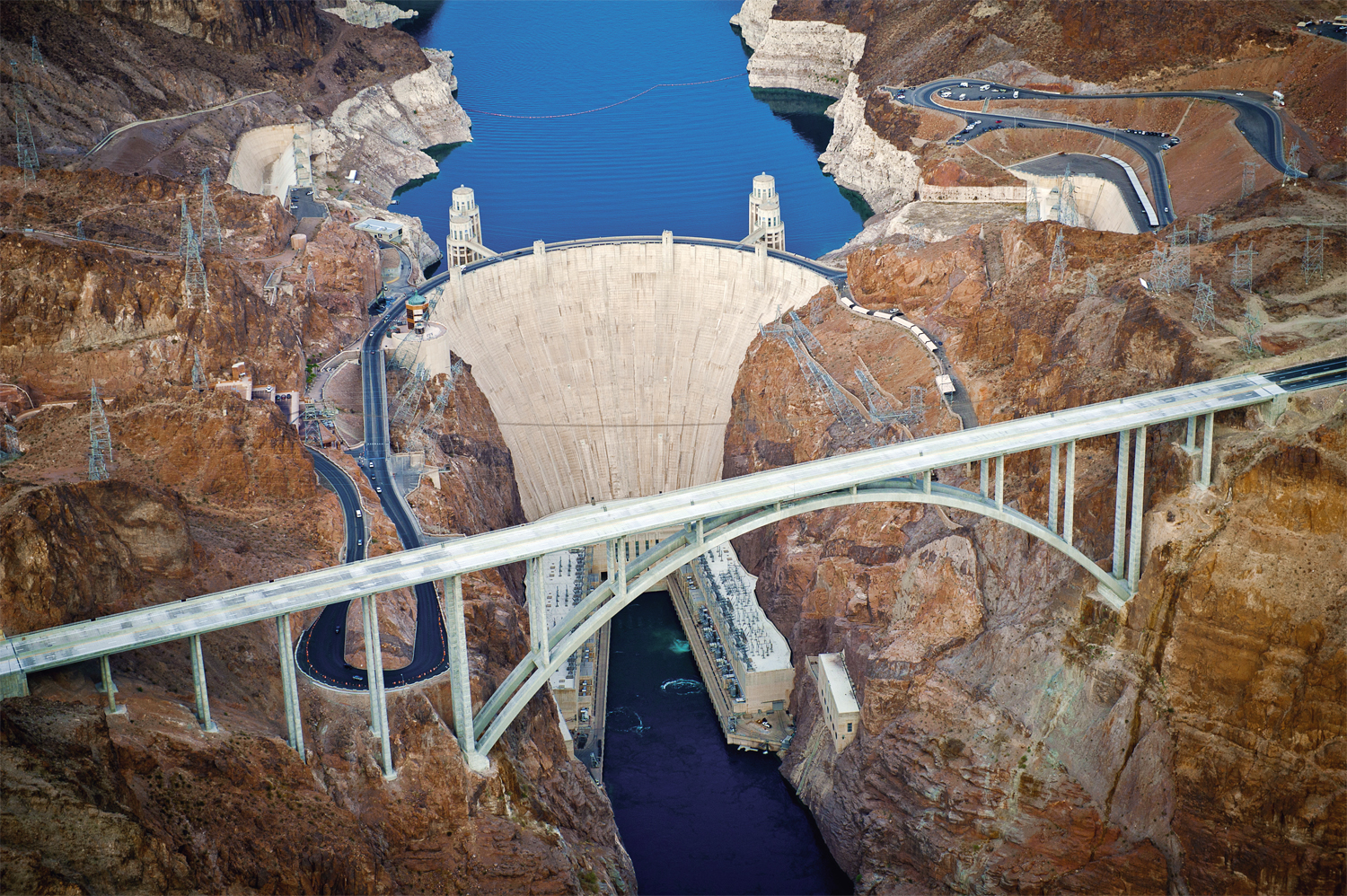Mass concrete

|
[edit] Introduction
The generally accepted and widely-used definition of ‘mass concrete’ is that provided by the American Concrete Institute (ACI). It defines mass concrete as:
“…any volume of structural concrete in which a combination of dimensions of the member being cast, the boundary conditions, the characteristics of the concrete mixture, and the ambient conditions [which] can lead to undesirable thermal stresses, cracking, deleterious chemical reactions, or reduction in the long-term strength as a result of elevated concrete temperature due to heat of hydration.”
The emphasis on thermal behaviour – which can cause a loss of structural integrity and monolithic action – is the only characteristic that distinguishes mass concrete from other concrete work.
Mass concrete is usually associated with large, poured in-situ concrete structures such as dams, bridge piers, foundations to very tall buildings and other large volume placements which are at least 1m-deep. In many cases, mass concrete is unreinforced and therefore strong in compression but weak in tension.
[edit] Hoover Dam
Construction of the Hoover Dam (pictured) on the Colorado River, USA, began in 1931, required enormous quantities of mass concrete (3.3 million cubic metres) to construct its arch-gravity structure. It is 13.7m wide at the top and 201m-wide at the bottom. To dissipate the heat generated by the cooling (setting) of the mass concrete required a vast network of water circulating through steel pipes. Without this, the concrete would still be setting today.
[edit] Related articles on Designing Buildings Wiki
- Admixtures in concrete.
- Cast-in-place concrete.
- Cement mortar.
- Compression.
- Compressive strength.
- Concrete-steel composite structures.
- Concreting plant.
- Laitance.
- Portland cement.
- Precast concrete.
- Prestressed concrete.
- Power float.
- Reinforced concrete.
- Self-compacting concrete.
- Smart concrete.
- Testing concrete.
- The properties of concrete.
- Types of concrete.
Featured articles and news
Infrastructure that connect the physical and digital domains.
Harnessing robotics and AI in challenging environments
The key to nuclear decommissioning and fusion engineering.
BSRIA announces Lisa Ashworth as new CEO
Tasked with furthering BSRIA’s impressive growth ambitions.
Public buildings get half a million energy efficiency boost
£557 million to switch to cleaner heating and save on energy.
CIOB launches pre-election manifesto
Outlining potential future policies for the next government.
Grenfell Tower Inquiry announcement
Phase 2 hearings come to a close and the final report due in September.
Progress from Parts L, F and O: A whitepaper, one year on.
A replicated study to understand the opinion of practitioners.
ECA announces new president 2024
Electrical engineer and business leader Stuart Smith.
A distinct type of countryside that should be celebrated.
Should Part O be extended to existing buildings?
EAC brands heatwave adaptation a missed opportunity.
Definition of Statutory in workplace and facilities management
Established by IWFM, BESA, CIBSE and BSRIA.
Tackling the transition from traditional heating systems
59% lack the necessary information and confidence to switch.
The general election and the construction industry
As PM, Rishi Sunak announces July 4 date for an election.
Eco apprenticeships continue help grow green workforce
A year after being recognised at the King's coronation.
Permitted development rights for agricultural buildings
The changes coming into effect as of May 21, 2024.





















